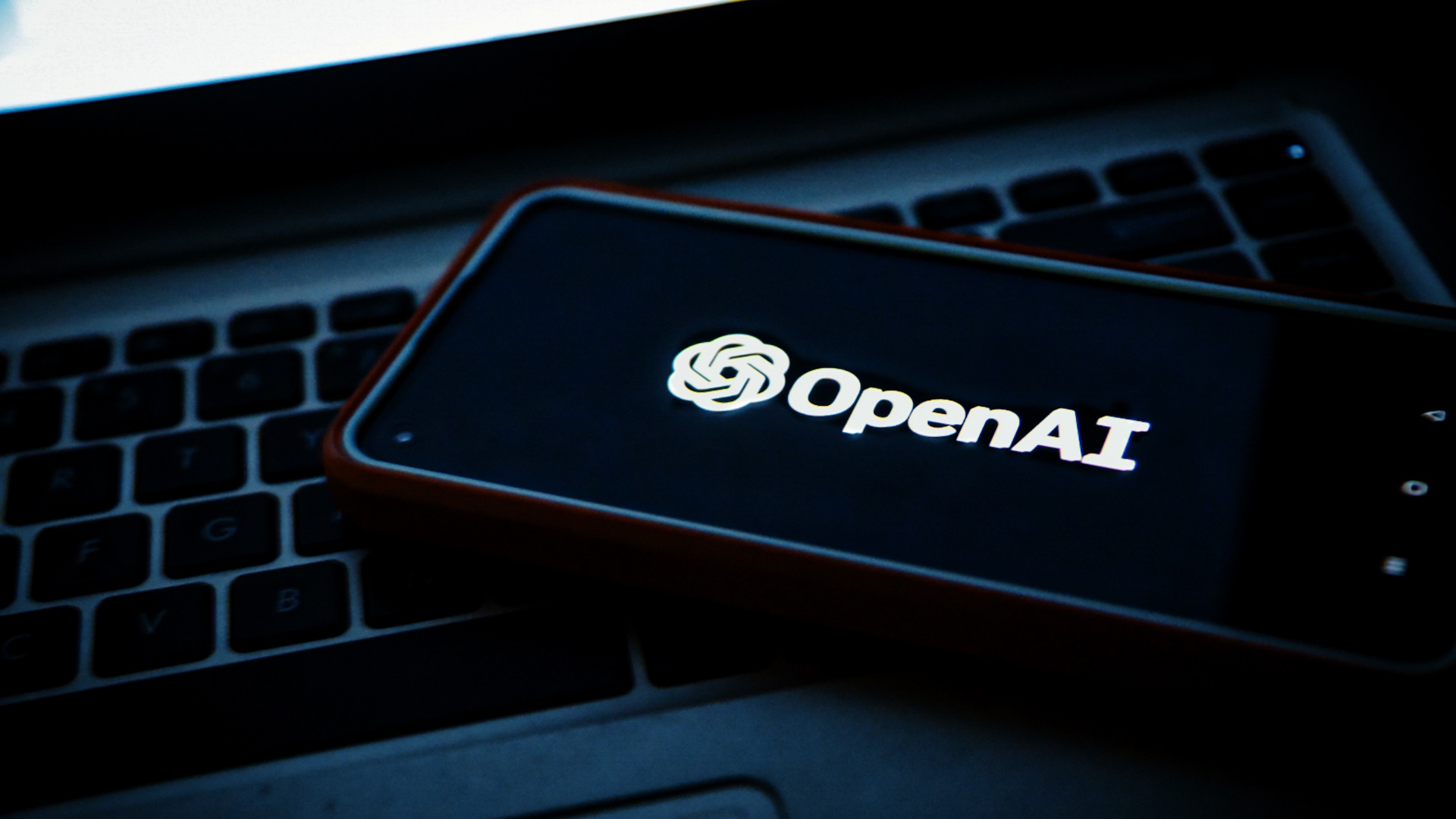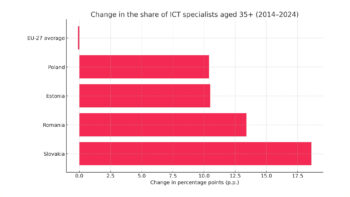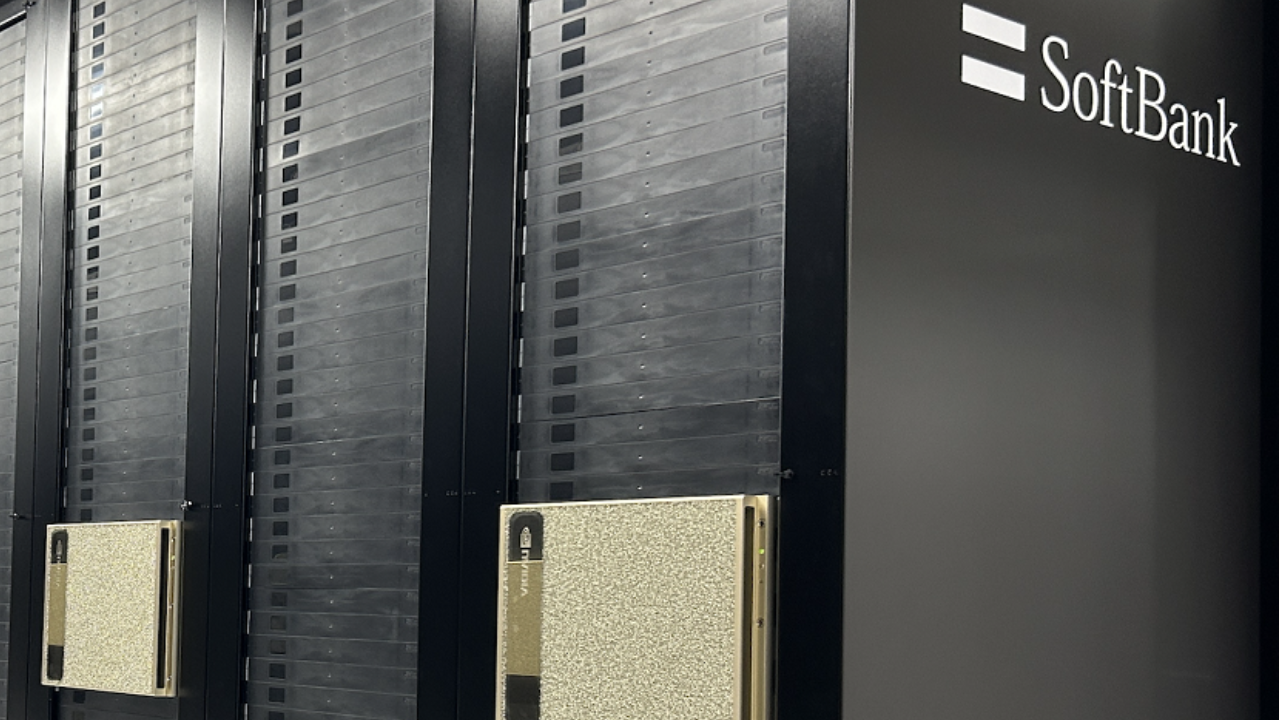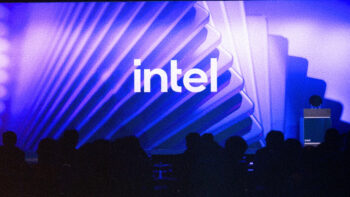Just a decade ago, overtime in the IT industry was worn like a badge of honour. Staying after hours to ‘prove’ a project was the easiest way to promotion and recognition in the eyes of the boss. Today, managers are surprised to see their best people closing their laptops punctually at 5 p.m. Is this laziness? No. It’s a systemic changing of the guard, with loyalty to the company giving way to loyalty to oneself.
The technology industry, which for years was synonymous with innovation and speed, has collided with a wall. The faster technologies develop – from the cloud to AI – the clearer the limits of human biological endurance become. As a result, IT leaders are facing a challenge that cannot be solved with another pay rise or a fruit Thursday. They must confront a new definition of work.
It’s not weakness, it’s “Self-Care”
Many leaders raised in the cult of ‘delivery’ struggle to understand today’s employees. What was not long ago considered a weakness or lack of commitment – such as refusing to take on an extra project or assertively setting boundaries – is now becoming known as self-care.
In an IT environment where change is the only constant and agile (Agile) is often mistaken for chaos, employees are in a state of constant overdrive. Constant restructuring, new tools and parallel projects lead to exhaustion. Teams do not fail because they lack skills. They fail because they are overloaded.
In this context, an employee’s assertiveness is not a rebellion. It is a warning signal. It is a defence mechanism against a system that has lost stability. A wise leader should not fight this phenomenon, but take it as feedback: our structures are too unstable for people to feel safe in them.
Conflict of generations or conflict of values?
Tension within IT teams is often reduced to a simplistic narrative of ‘claimant Zetas’ and ‘ossified Boomers’. In reality, there is a deeper worldview conflict. The older generation of employees and managers are still looking for stability, predictability and loyalty at work. Younger talent seeks meaning, self-determination and creative freedom.
Both perspectives are legitimate, but without mutual understanding they lead to an impasse. Boards require efficiency and constant availability. Employees require autonomy and answers to the question “why are we doing this?”. This tension only becomes a business risk if it is ignored. The role of modern leadership is not to take sides, but to build bridges. A leader must be able to translate the two languages: translating business goals into the sense of purpose that teams crave.
Energy instead of pressure – the mistake of coloured offices
For years, the IT industry has tried to buy employee engagement with benefits. Game rooms, free lunches and colourful employer branding campaigns were supposed to build company culture. Today, these methods are losing their effectiveness. Employees have become immune to marketing slogans, especially when these do not match reality.
True productivity in intellectual work does not come from pressure, control or office presence. It takes from energy. If you want to lead people in the IT world, you have to teach them the importance of their work. This is not achieved through a ‘nice office’, but through honest communication and tangible values.
The modern professional is quicker to forgive a boss for a lack of free coffee than for a lack of clarity on priorities. When everything is a priority, nothing is – and that’s the shortest way to burn out creativity.
A leader with a steady hand
Faced with these changes, many managers have fallen into the trap of ‘soft management’. In flat structures and agile teams, they are afraid to make unpopular decisions. They want to be liked, confusing partnership with lack of decisiveness. The result? Projects stall because no one wants to take responsibility and meetings drag on forever.
Meanwhile, employees are not looking for a buddy. They are looking for credibility. In volatile times, they need a leader who acts according to the principle of *Manus Agere* – leading with a sure hand.
It means having the courage to make decisions and being able to justify them. It means setting a clear framework. It also means the ability to say ‘no’ – to both the client and the team – when a major objective or people’s wellbeing is at stake. The leader’s sovereignty, which stems from his or her inner attitude and not from his or her position, gives the team what it lacks most: orientation on the ground.
Stability is the new currency
Generational conflict and the redefinition of IT work are not problems to be ‘waited out’. They are an opportunity to transform management styles. Companies that rely solely on processes and tools will lose people. The winners will be those organisations where leaders understand that in an industry that feeds on change, stability has become the greatest value.
Leadership always starts with the attitude of the leader. If he or she can be calm, clear and empathetic, he or she will create an environment where ‘work-life balance’ is not an empty slogan, but a foundation for efficiency.












